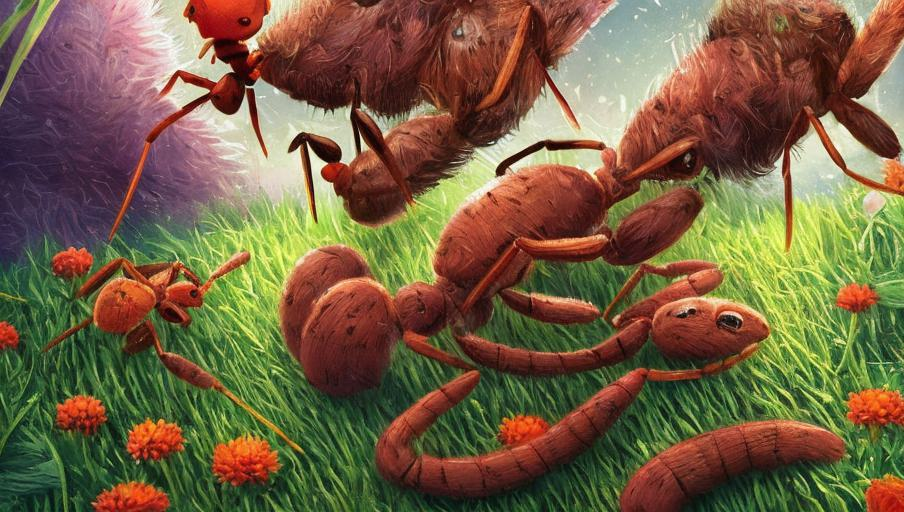Habitats of Ants: Exploring the Different Environments Where Ants Live

Introduction
Ants are some of the most common insects found all over the world. They are incredibly successful, living in a wide variety of habitats and even forming complex societies. In this article, we will explore the different habitats ants can be found in and how they adapt to survive in such environments.
Deserts and Arid Regions
Deserts and other arid regions can be harsh environments, but ants can still be found here. They have adapted to survive in these regions by burrowing underground and creating nests. These nests provide protection from the extreme heat and lack of water. Ants can also feed on the seeds of desert plants, while some species hunt small animals such as lizards and rodents.
Forests and Woodlands
Ants are commonly found in forest and woodland habitats. They are attracted to the abundance of food sources found in these areas, such as insects, fruits, and nuts. Ants will typically nest in the trees and under the bark of dead trees. Many species of ants also build large mounds in the ground and will often farm fungus for food.
Grasslands and Prairies
Grasslands and prairies are also home to a variety of ant species. These habitats provide ants with plenty of food sources, such as seeds, nectar, and insects. They will usually make nests in the ground and will often build tunnels to protect themselves from predators.
Urban Areas
Ants are incredibly adaptable and can even survive in urban areas. They are attracted to the abundance of food found in human settlements and are also drawn to the warmth of buildings. Ants will typically make their nests in cracks and crevices in the walls and floors of buildings.
Conclusion
Ants are incredibly successful creatures, living in a variety of habitats all over the world. They are able to adapt to survive in deserts, forests, grasslands, and even urban areas. By learning more about the different habitats of ants, we can gain a greater appreciation for these amazing creatures and the important role they play in our environment.





